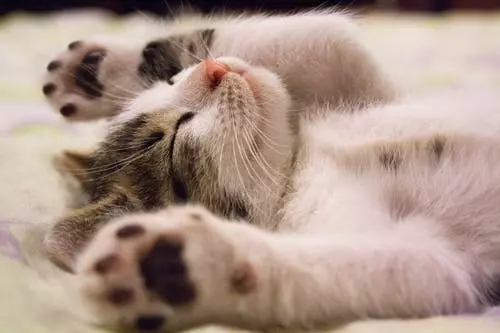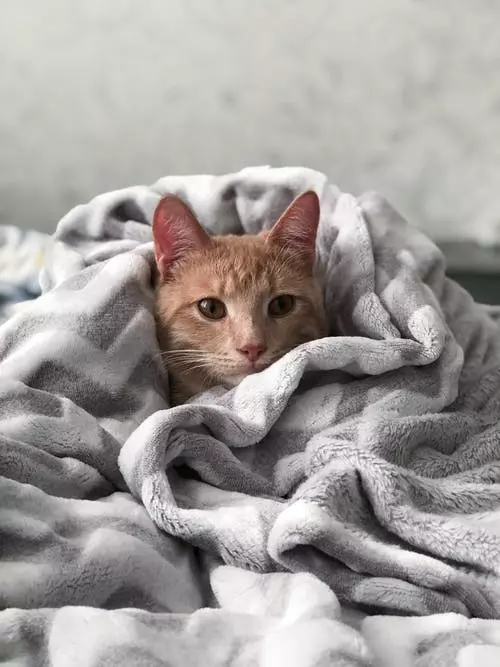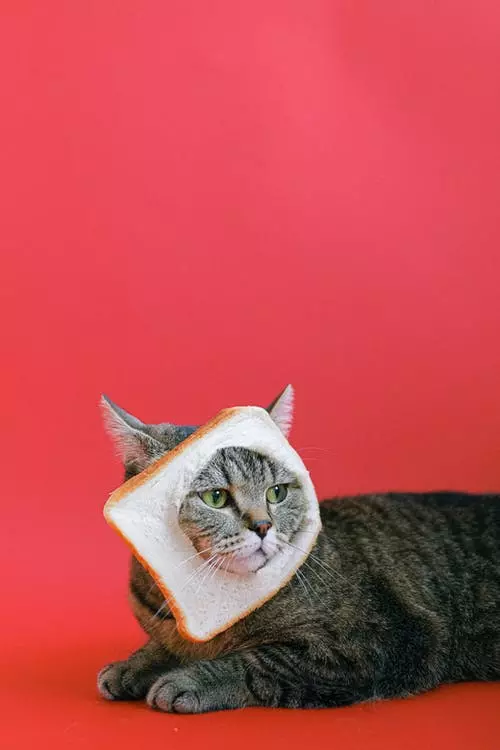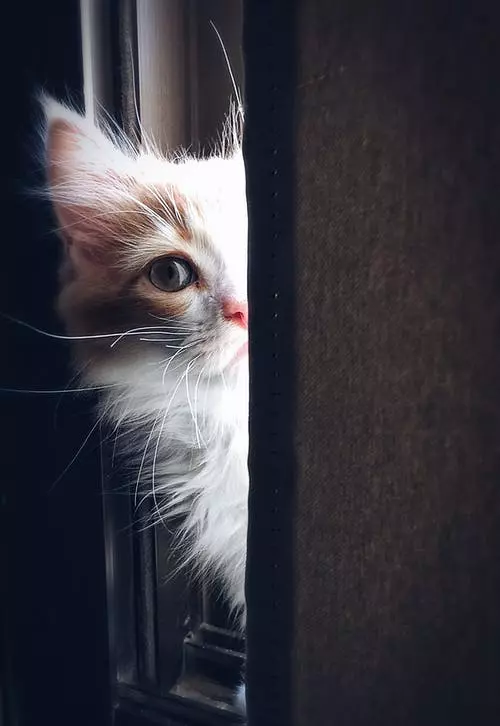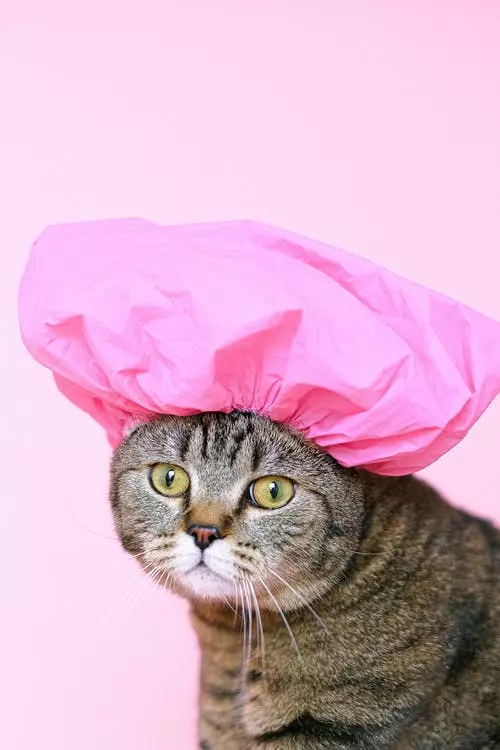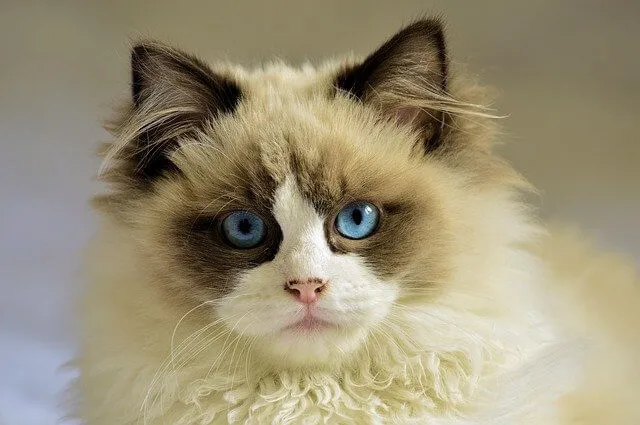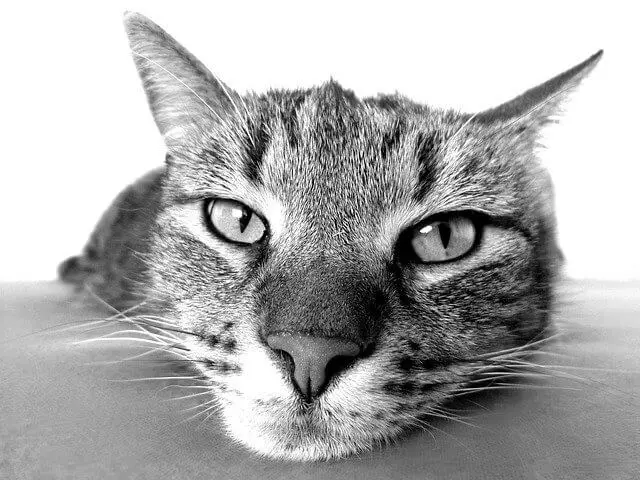Cats are well-known for their grooming habits, often spending several hours a day keeping their fur clean and neat. However, when this grooming behavior extends to excessive licking, nibbling, or chewing on human belongings, it can become a cause for concern. In this article, we will explore why cats exhibit this behavior and how to understand and address it effectively.
Why do cats groom human belongings excessively?
1. Territory Marking: Cats have scent glands in their paws and face, and by grooming human belongings, they leave their scent behind, marking the item as their territory.
2. Comfort and Familiarity: The scent left behind by grooming provides a sense of comfort and familiarity, particularly when the cat is feeling stressed or anxious.
3. Attention-seeking: Some cats may groom human belongings excessively as a way to seek attention from their owners.
4. Boredom or Stress Relief: Cats may resort to grooming human belongings when they are bored or need a stress-relieving activity.
Identifying excessive grooming behavior
Excessive grooming of human belongings can manifest in various ways. Look out for the following signs:
1. Visible damage: Frequent nibbling or chewing can cause visible damage to items such as furniture, clothing, or household decorations.
2. Hairballs: Excessive grooming can lead to an increase in hair ingestion, resulting in more frequent hairballs.
3. Obsessive behavior: Cats displaying excessive grooming behavior may become fixated on certain objects, spending long periods focused solely on grooming them.
Understanding the underlying causes
1. Stress or Anxiety: Cats may groom human belongings excessively when they feel stressed or anxious due to changes in their environment, routine, or social dynamics.
2. Lack of stimulation: If a cat lacks mental and physical stimulation, they may resort to excessive grooming as a way to entertain themselves.
3. Attention-seeking behavior: Cats may groom human belongings excessively to gain attention from their owners, especially if they feel neglected or bored.
Addressing excessive grooming behavior
1. Provide appropriate alternatives: Offer your cat suitable alternatives for grooming, such as designated scratching posts, interactive toys, or puzzles that provide mental stimulation.
2. Create a stress-free environment: Ensure your cat’s environment is free from stressors, providing hiding spots, vertical spaces, and a consistent routine to help them feel secure.
3. Increase playtime and interaction: Spend quality time engaging with your cat through play sessions, grooming, or simply offering affection to reduce their need for attention-seeking behavior.
4. Utilize pheromone products: Consider using pheromone diffusers or sprays that mimic natural feline pheromones to create a calming atmosphere and reduce stress-related grooming.
5. Consult with a veterinarian: If excessive grooming persists despite your efforts, consult a veterinarian to rule out any underlying medical conditions or to seek further behavior modification advice.
FAQs about excessive grooming of human belongings in cats
Q1: Is excessive grooming of human belongings harmful to cats?
Excessive grooming itself is not harmful, but it can lead to issues such as hairballs or damage to human belongings. Addressing the underlying causes is essential to prevent potential problems.
Q2: Can excessive grooming be a sign of a medical issue?
Yes, excessive grooming can indicate underlying medical conditions such as allergies, skin irritations, or parasites. Consulting a veterinarian is crucial to rule out any medical concerns.
Q3: Can punishment help stop excessive grooming behavior?
No, punishment is not recommended as it can increase stress and anxiety in cats, worsening the behavior. Positive reinforcement and redirection towards appropriate alternatives are more effective approaches.
Q4: How long does it take to modify excessive grooming behavior?
The timeline for behavior modification varies for each cat. Consistency, patience, and understanding their individual needs are key. It may take weeks or even months to see significant changes.
Q5: Are there any specific cat breeds more prone to excessive grooming of human belongings?
There are no specific cat breeds prone to this behavior. However, individual cats may exhibit it more frequently based on their personality, environment, or previous experiences.
Remember, understanding and addressing excessive grooming of human belongings requires a holistic approach that considers both the cat’s physical and emotional well-being. By providing appropriate alternatives, a stress-free environment, and ample attention, you can help your feline companion find healthier ways to cope and thrive.


